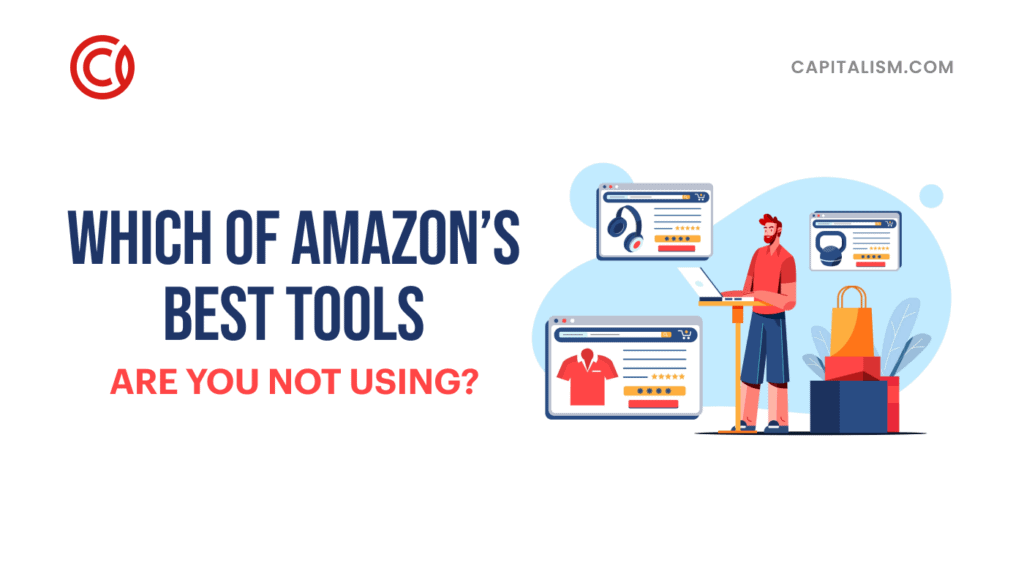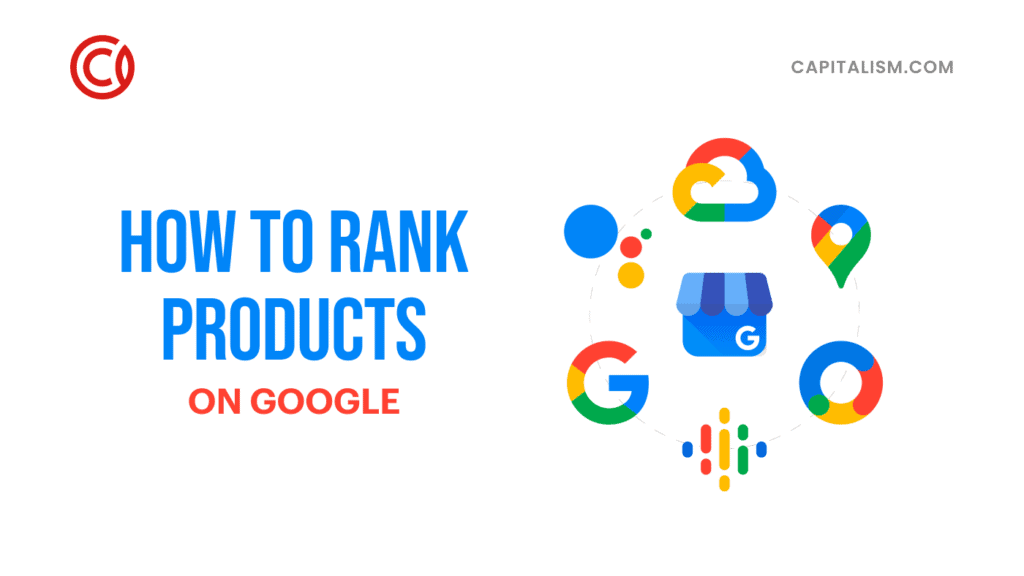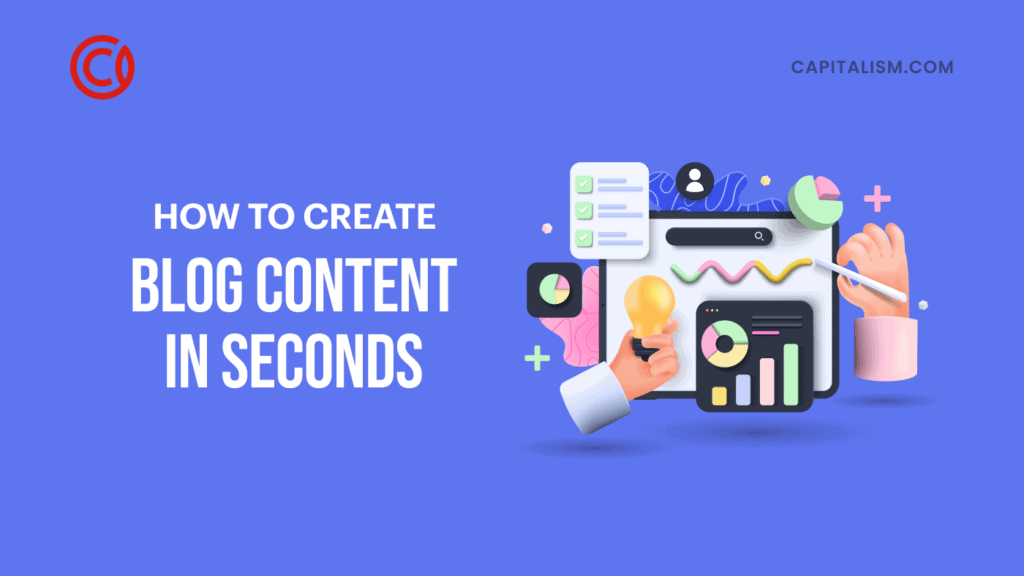Your lifelong dream of starting your own business has been on your priority list for a while now, and although launching your company has taken longer than expected, your commitment to making it happen has never wavered.
With extreme determination, you have decided nothing is going to stand in your way, and are focused on learning how to launch a business in 2019.
As you envision yourself hanging up the, “Open for Business,” sign, there are a few essential items you must know before hammering a nail into the wood of your startup’s front door.
What Does It Take To Launch A Business in 2019?
Almost anyone can start a company nowadays, for a degree is not necessarily needed, but, your focus is not solely on opening a business; instead, you intend to launch a successful one.
Where there is, success, there is a strategic plan or method that goes along with it. If there is no creation of a business roadmap, the company is undoubtedly doomed.
Ultimately, failure is not an option for you and is why you are eager to know more about how to launch a business in 2019. For as long as you can remember, you have wanted to build a business of your own, and you firmly believe this is going to be the year your company gets off the ground.
In this digital world we live in today, to have a successful business, you must be innovative, creative, and original, or provide an enhancement to an already existing product.
In other words, your company needs to stand out and to “be” where your customers are, which, in 2019, is online.
You must develop a marketing, branding, and overall business plan. It is crucial to have a website, blog, social accounts, and content that will appear in search engine results.
The information you share online will need to be relevant and kept up-to-date. The social accounts and profiles you create for your company will need to be used consistently and monitored regularly.
Customers should be able to easily find your company online, as it is to locate it offline, for you to receive the best ROI (Return On Investment) and for your potential buyers to gain memorable experiences with your company.
There are times when you will be required to give details about the different aspect of your business, making the gathering of information all that more critical.
At any given moment, you must be able to provide what is being asked of you about your company, especially if you have business partners or investors.
Learn as much as you can about the business you want to build, by conducting much research. Your purpose must be to develop creative ideas and to make confident business decisions, thus the more you know, the better off you and your company will be.
It is understandable that you might start a little shaky, but ultimately, it is vital that you became strong in your skills and committed to your business ideas.
If at first, you are unsure about what your company will offer, it is recommended you take a closer look at each of your objectives.
Take the time necessary to conduct an analysis of your Strengths, Weaknesses, Opportunities, and Threats, also known as a SWOT analysis, to determine what you do well and what areas need improvement.
It is not enough to perform only one SWOT analysis, either. It is best to do three, in total; one on yourself, another on your business, and lastly, one on your targeted audience (market).
The Three SWOT Analysis Examples:
As a budding entrepreneur, you need to pinpoint your motives and choose the ideas that make the most sense in achieving your business goals and growth.
The customers of 2019, are much different from the ones from ten years ago, which is another factor you must consider-- What do your customers want?
Write down your SWOT findings from all three analysis, to uncover the problem(s), and to create a solution(s). A simple summary for each is all you need, to start.
The summaries should also include three individual improvement plans, involving, how you plan to build on identified strengths and to eliminate weaknesses.
Once your summaries are laid out, it is best to review them before moving forward to validate you have covered all your bases.
By evaluating the thoughts, behaviors, sustainability, potential issues, and resolutions, surrounding your startup, you will gain the knowledge needed to help you further develop your business ideas.
From this development, it will lead you to have a better understanding of the products and services your company should offer its customers.
Before moving on to the next step of how to launch a business in 2019, you will need a pen and paper or a computer notepad to begin.
At this point, you will write a well-thought-out business-development plan by using an easy to follow, checklist.
How To Launch A Business In 2019 Checklist
Having a checklist in front of you, along with the three SWOT analysis summaries, will help you design a more precise and comprehensive business-development plan.
Not only is this information critical for you to possess, but it is invaluable when needing to present the right message to potential or existing, stakeholders, partners, and investors.
Use this checklist below, as a guide, when developing your 2019 business plan. Keep in mind; you will be dealing with tech-savvy customers and online clients, along with the ones you will serve offline too.
Make sure you take this under consideration when answering the questions included in the following checklist.
The best way to ensure you do not accidentally skip or miss any necessary steps in the documentation of your company's plan, it is best to create a business development plan by using six broken down segments, making it easier to process the information.
Segment One: About The Business
Identify The Problem:
Provide The Solution:
Company Overview:
Management Team:
Departments:
Advisors:
The WHY:
Segment Two: Market And Competition Research
Target Market:
Your Competition:
Your Advantages:
Competitor Advantages:
Segment Three: Business Expectation Forecasts
Funding Expectations:
Financial Plan Projections:
Projected Revenue And Expenses:
Segment Four: Business Execution Plans
Marketing Plan:
Innovative Branding Techniques:
Sales Plan:
Segment Five: Business Operations
Company Location: Where will your company be located?
Technology:
Equipment And Tools:
Segment Six: Key Milestones And Metrics
Key Milestones:
Key Metrics:
To increase the likelihood of building a successful startup in 2019, you will need to spend much time analyzing, evaluating, researching, discussing, brainstorming, summarizing, solving, documenting, forecasting, and showcasing what your company offers of value that nobody else currently provides.
Learning who your customers are and how to target them, will be useful in understanding the audience your company needs to attract, the problem your company solves for customers, and the type of relevant content required to gain the proper attention from the right audience.
Knowing and understanding how to launch a business in 2019 is how you can design a proper detailed plan for your company.
By using a comprehensive checklist, not only will it help you discover company goals, make informed decisions, and set you up for success, but it will also assist you in making this year; THE year, your business dreams come true.
Written By Amanda Ryan:
Amanda Ryan is a learning leader and Digital Marketer who has built numerous Social Media, Personal Branding, and Content Creation Strategies for Automotive clients. A forward and innovative thinker, Amanda acknowledges the written word as being far more than a simple piece of content; instead, it is a powerful method used to share authentic messages and to form long-lasting relationships. Her mission is to equip businesses with relevant information to attract the right customers and to meet their ever-growing needs. Amanda recognizes creative and original storytelling is the future of marketing and is why she spends a good chunk of her time researching, learning, writing, editing, and sharing her knowledge, online. Dedicated and driven, she intends to make the Digital World a more informative and all-around better place to be.









